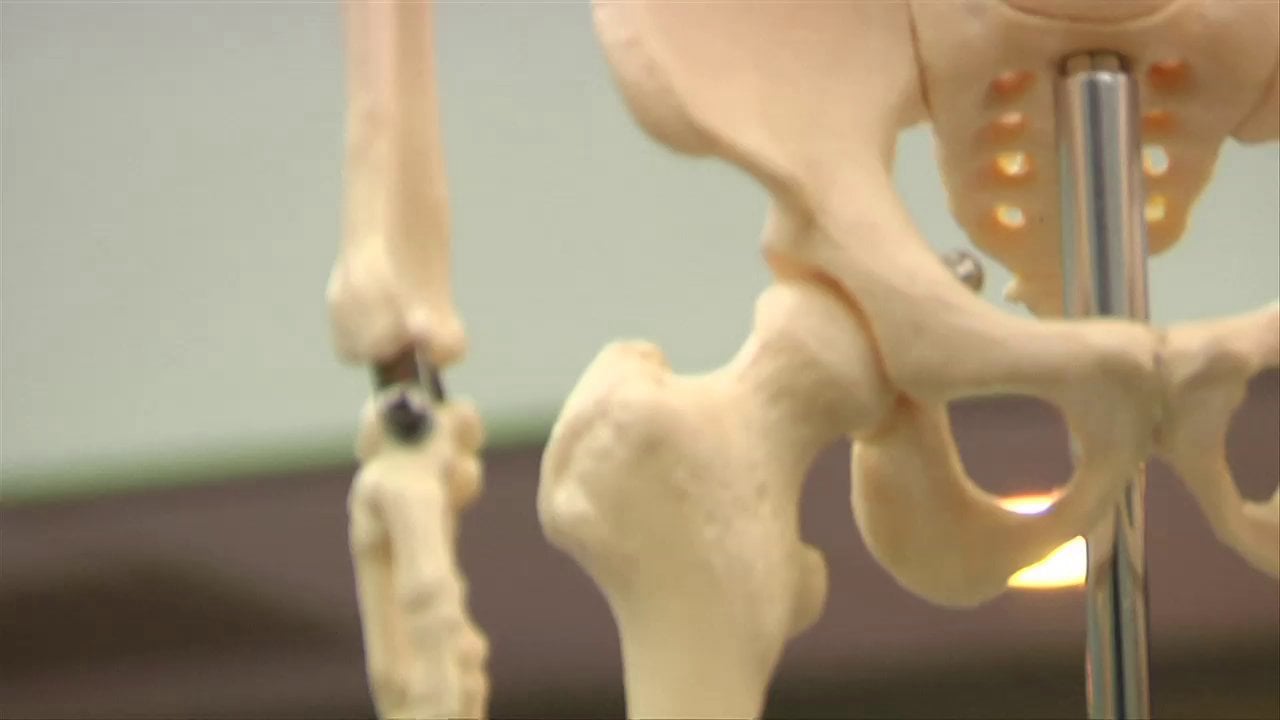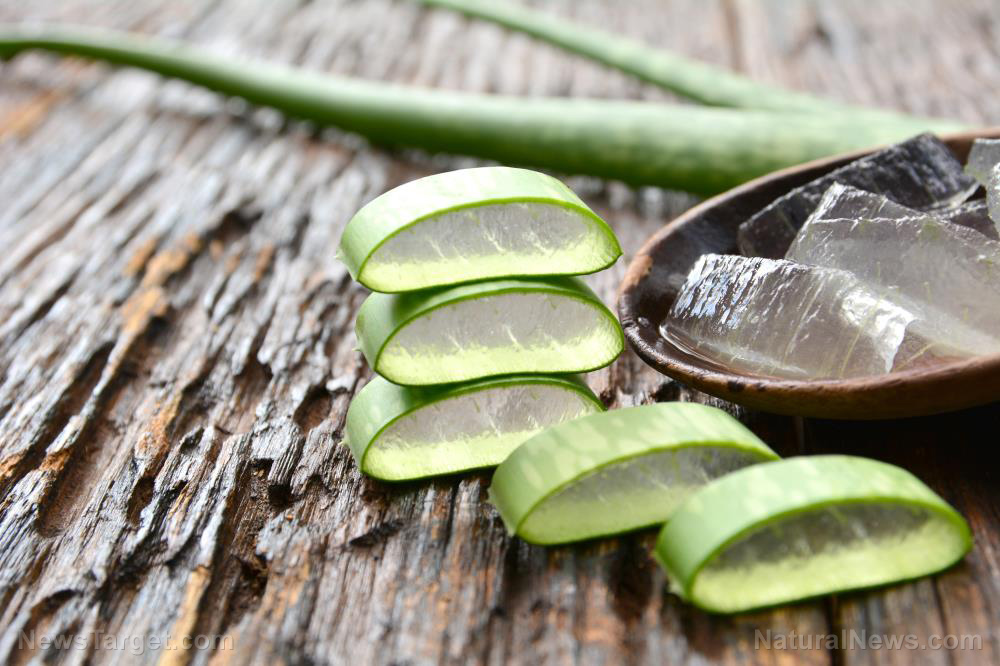Can sunlight be a natural way to kill indoor bacteria?
02/02/2019 / By Ellaine Castillo

Most people spend the majority of their lives indoors. But what many people don’t realize is that the dust that builds up inside built environments like your house, school, or workplace is thriving with microbial communities. These consist of diverse populations of both pathogenic and commensal bacteria, which tend to be affected by the architectural features of the building they are found in.
Sunlight exposure is one of the most important things to consider when designing buildings. However, it is not just considered for the beauty that it contributes but also for its potential bactericidal effect, which, to some extent, is attributed to ultraviolet light. This theory was validated in a recent study by researchers from the University of Oregon and Harvard T.H. Chan School of Public Health, which showed that daylight exposure can significantly reduce the number of living bacteria in dust microbial communities.
In their study, which was published in the journal Microbiome, the researchers constructed small artificial habitats that simulate the typical conditions of an indoor room. These included factors like lighting, reflectance, temperature, and humidity. They also applied three different glazing treatments to the windows in their setups. The first of these is the visible light treatment which mimics the normal spectral profile of daylight that passes through architectural glass, blocking UVA and UVB rays and admitting most visible light. Next is the UV-transmitting treatment, which allows UV rays to pass through, and blocks most visible and near-infrared light. The last glazing treatment does not allow any form of light to pass through.
These treatments serve two main purposes. The first is to allow for the comparison of microbial communities in daylit rooms versus dark rooms. Second, these allowed the researchers to determine the extent of UV’s role in microbiome structure.
Collected dust samples were introduced into the artificial habitats where they were left for 90 days before being subjected to analysis. The results showed that light exposure, regardless of whether it included UV rays or not, led to a decrease in the number of living microbes in the dust communities. In addition, the researchers observed that 69.2 percent of the bacteria that persisted even after 90 days came from either human skin or outdoor air.
Overall, these results show that light exposure can have bactericidal effects on indoor dust microbial communities. This highlights the importance of building rooms that let in more light so that bacterial communities won’t thrive indoors.
Other reasons to let sunlight into your home
Here are some other benefits of allowing natural light into your home:
- It helps you save money — Strategic natural lighting will reduce your energy cost since you won’t have to use electricity to brighten your home during the day.
- It enhances your focus — If your brain feels a little foggy, try getting some natural light. Soaking up some sunlight for just a few minutes has been shown to boost alertness and focus. Moreover, a naturally lit space can make you more productive compared to a work environment that’s artificially lit.
- It reduces your blood pressure — Exposure to sunlight boosts your body’s production of nitric oxide, which works as a vasodilator and consequently reduces blood pressure.
- It boosts your immune system — The body fights off pathogens with the help of immune cells called T cells, which can be activated by sunlight, specifically the vitamin D produced from exposure.
- It helps you lose weight — A study in the journal Diabetes showed that healthy levels of UV exposure can help prevent obesity and improve metabolic syndrome.
- It helps relieve some stress — Start your day right by soaking in some sunlight. Studies have shown that doing this can help you cope better with stressful and anxiety-provoking situations throughout the day.
Read more news on articles on how to get rid of bacteria naturally at Health.news.
Sources include:
Tagged Under: bacteria, daylight, germs, household dust, light exposure, Microbes, microbial community, sunlight, UV rays



















